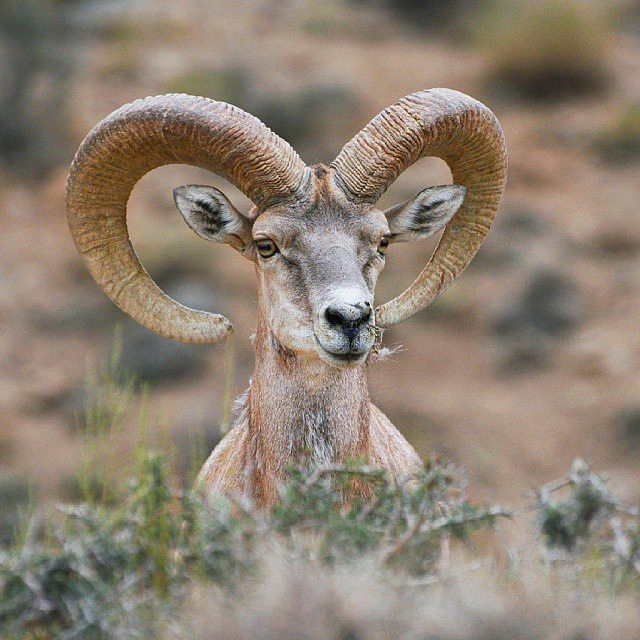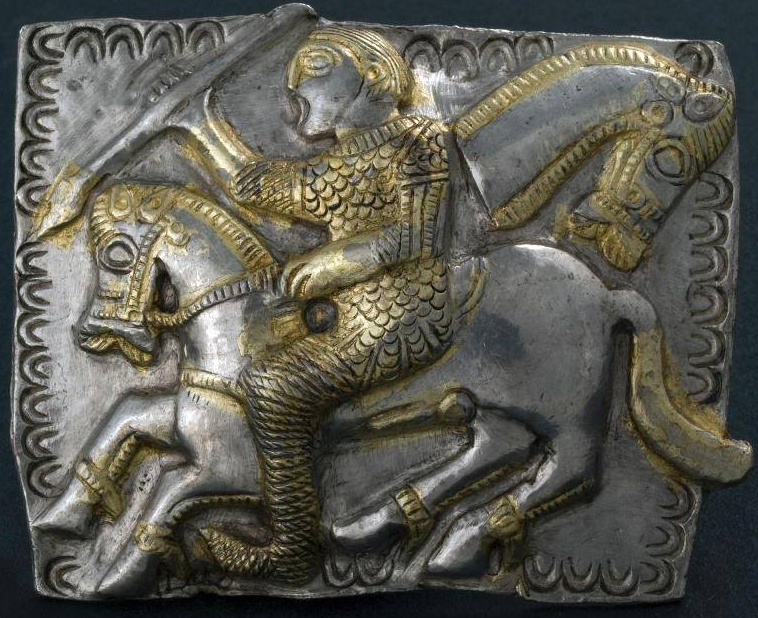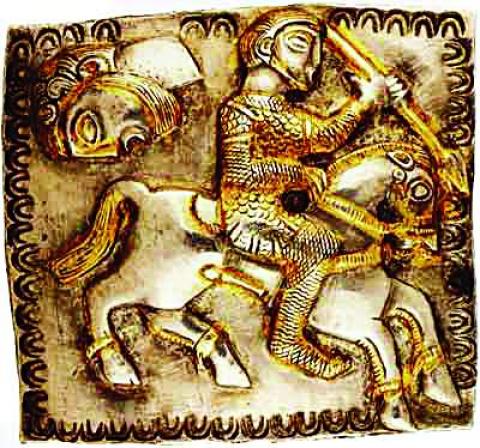
Thread: Ok how cool is this? Bronze top for a standard. ca. 8th–7th century BC. Luristan, Iran...A female and male (judging by the sticky-outy bits 🙂 but I am not sure, more later) human figures with Ibex goat ears and horns holding hands...Met Museum. metmuseum.org/art/collection… 

Ibex is the most depicted thing on ancient artifacts in Iran from Neolithic until the arrival of Islam.
https://twitter.com/serbiaireland/status/1359146396163702792
And the 1st millennium BC Luristan is no exception. Ibex is everywhere...As a matter of fact some of the most amazing bronze Ibexes I have seen were made in Luristan at that time.
Like this staff top depicting two male ibex goats holding "hands"... collections.lacma.org/node/225863
Like this staff top depicting two male ibex goats holding "hands"... collections.lacma.org/node/225863

Why? Because the beginning of the rain season (Oct/Nov) in Western Iran coincides with the beginning of the mating season of the Ibex goats...Which starts with vicious male goat fights for females... 



See how only male Ibex goats have big horns...I wonder if both human figures with male Ibex horns on the original staff top are actually male. And if the the one on the left once also had "a sticky-outy bit, well, sticking out" but it got broken off... 

Rain, heavenly semen, is what impregnates Mother Earth who then gives birth to life...And that heavenly semen starts flowing when Ibex semen starts flowing. Which is why in Iran we find a direct symbolic link between Ibex semen, rain and flowing water
oldeuropeanculture.blogspot.com/2020/08/a-vess…
oldeuropeanculture.blogspot.com/2020/08/a-vess…

Ibex goat eventually became "The goat of rain" and even eventualier (🙂) became "The god of rain" with goat horns...We see depictions of these goat men in Iran from Neolithic
https://twitter.com/serbiaireland/status/1359218653166731266
So finally what does this staff top depict? A ritual performed by men with Ibex goat headgear? A rain invocation ritual? Pretending to be "fighting" or "dancing" virile goats of rain? Or depiction of deified virile gods of rain?
• • •
Missing some Tweet in this thread? You can try to
force a refresh





















